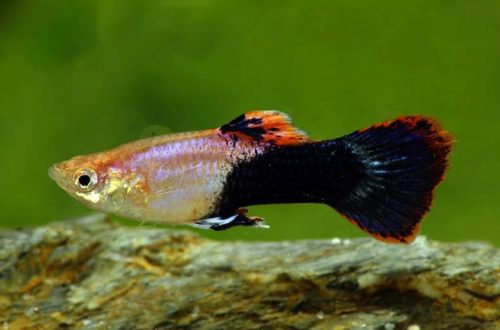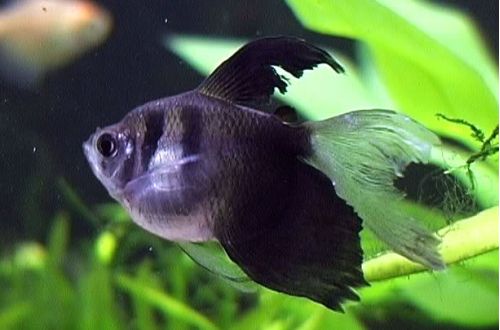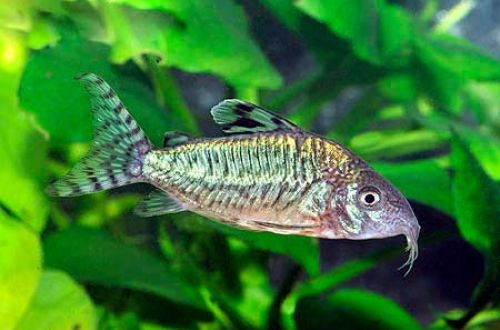
Karpozubic Vodka
The toothed carp Arak, scientific name Aphanius arakensis, belongs to the Cyprinodontidae family. The fish does not belong to the species popular in the aquarist due to its modest coloration and not the best character, but it is distinguished by amazing endurance and unpretentiousness, able to live in extreme conditions for most species.
Habitat
Endemic to the brackish Lake Namak, located in the province of Qom in northern Iran. This natural area corresponds to a desert or semi-desert with a very dry climate and large temperature fluctuations. The lake replenishes its waters from a single source – the Kum River, which gave the name of the province and the administrative center. The substrate consists of mud and gravel without any aquatic plants.
Description
Small humble fish. Males look more massive than females, have a hump at the base of the head, the color is gray-yellow with rows of vertical silvery stripes. The pelvic fins are yellowish, the dorsal, anal and caudal fins are dark with light edging along the edges. Females are slenderer, but longer, have the same gray-yellow color with numerous dark spots on the sides, whitish fins.
Food
In nature, the toothed carp Arak feeds on various crustaceans, worms, insect larvae and algae. In a home aquarium, it will accept all types of dry food with herbal supplements, however, it is advisable to include protein products (daphnia, bloodworms, brine shrimp) in the diet at least once every few days. Feed 2-3 times a day in the amount eaten in 5 minutes.
Maintenance and care
In their natural environment they live in extremely unfriendly conditions, so it is not difficult to recreate acceptable conditions. The design uses a substrate of fine gravel mixed with sand and numerous large stones or heaps of various rocks, thereby creating an underwater landscape of broken irregular lines with numerous shelters. It is desirable to use artificial vegetation in the form of dense thickets of moss, real plants are selected carefully based on water conditions. Of the equipment, an aerator and a lighting system are enough.
The composition of the water varies from medium to high dGH, the pH is alkaline. Read more about dGH and pH values in the “Hydrochemical composition of water” section. Be sure to have dissolved salt in the proportion of 1-3 g per 1 liter. To maintain optimal water quality and remove various organic wastes, it is recommended to update it by 10-15% once a week.
Behavior and Compatibility
Specific conditions of detention significantly limit the circle of possible neighbors, and taking into account the difficult nature during spawning, their number is reduced to a minimum. The Arak toothed carp should be kept in a species aquarium together with representatives of its own species. The optimal combination is achieved when keeping one male and 3-4 females. If there are several males, skirmishes for territory are possible.
Breeding / breeding
The Arak breeding strategy was formed in unstable and harsh natural conditions, which determined a relatively short life span and early puberty. Breeding at home is not difficult, spawning occurs in the spring and summer months. During the mating season, males acquire a brighter color and become extremely aggressive, forming temporary territories that they zealously guard. Females receive numerous signs of attention, sometimes very persistently, so it is necessary to have shelters where she could rest and gain strength. Eggs are laid in batches in thickets of algae or on other surfaces, in an aquarium – in artificial mosses, other vegetation, and on other decoration items. Since the eggs can become their own parents’ dinner, they should be moved to a separate tank with similar conditions after spawning is over.
The fry appear in 7-14 days depending on the water temperature. They grow quickly, already in the first days they are able to take micro food in the form of Artemia nauplii, finely ground flakes of dry food.





